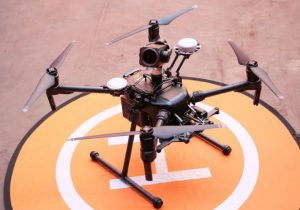
The US National Transportation Safety Board (NTSB) issued an investigation report on the sinking of the towing vessel ‘Ricky Robinson’ on the Lower Mississippi River, in December 2017, which caused death of the two crewmen onboard, oil discharge and significant damage of the vessel.
On 8 December 2017, about 11:26 local time, the Ricky Robinson capsized and sank on the Lower Mississippi River at mile 732.8 near Memphis, Tennessee, with two crewmembers on board, after the towing vessel began taking on water.
The pilot made a distress call just before the sinking; neither crewmember was found during the search and rescue operations that followed.
When the vessel was recovered 9 days later, the deckhand’s body was discovered inside the wreckage; the pilot is Continue reading “Unsecured deck hatches led to sinking of Ricky Robinson”










